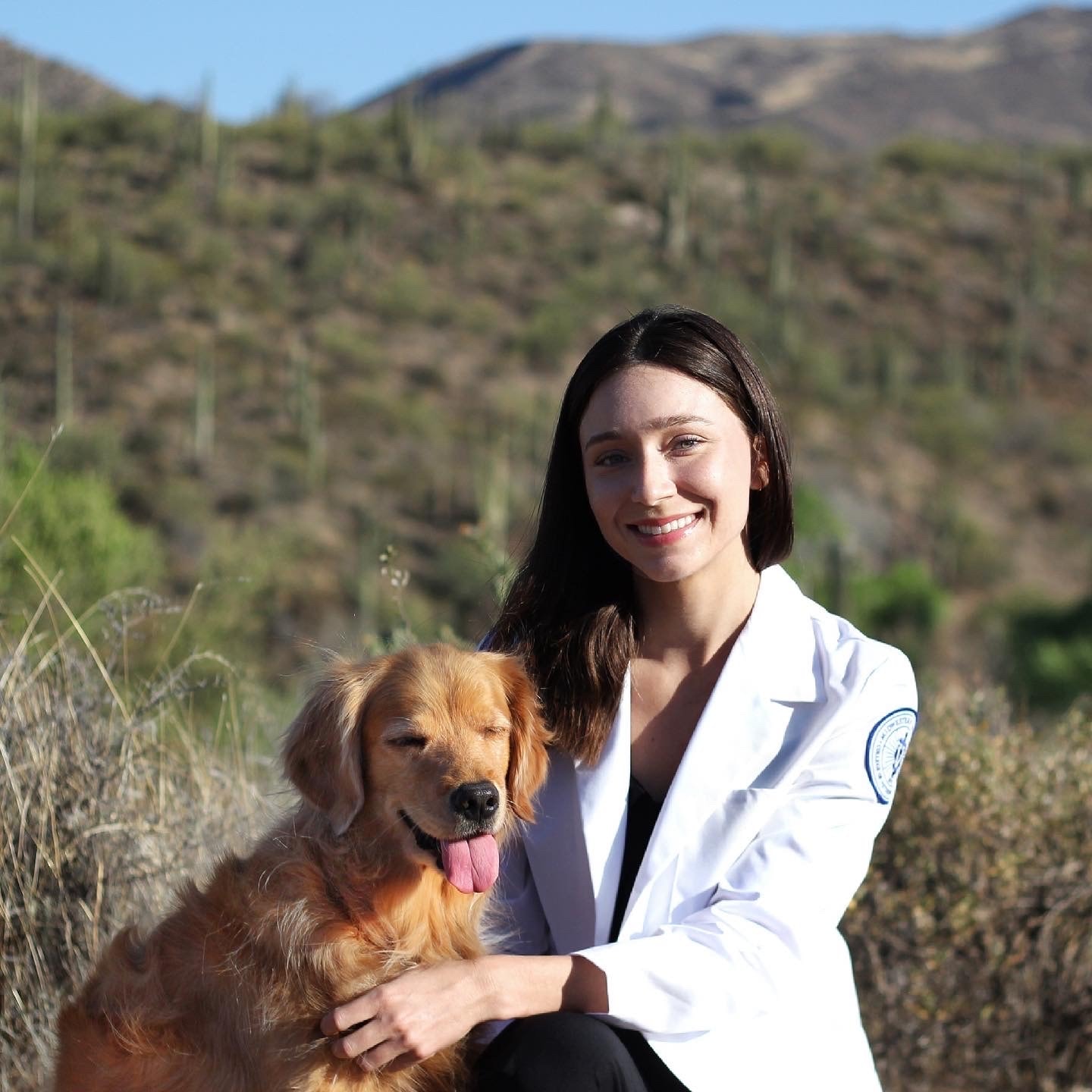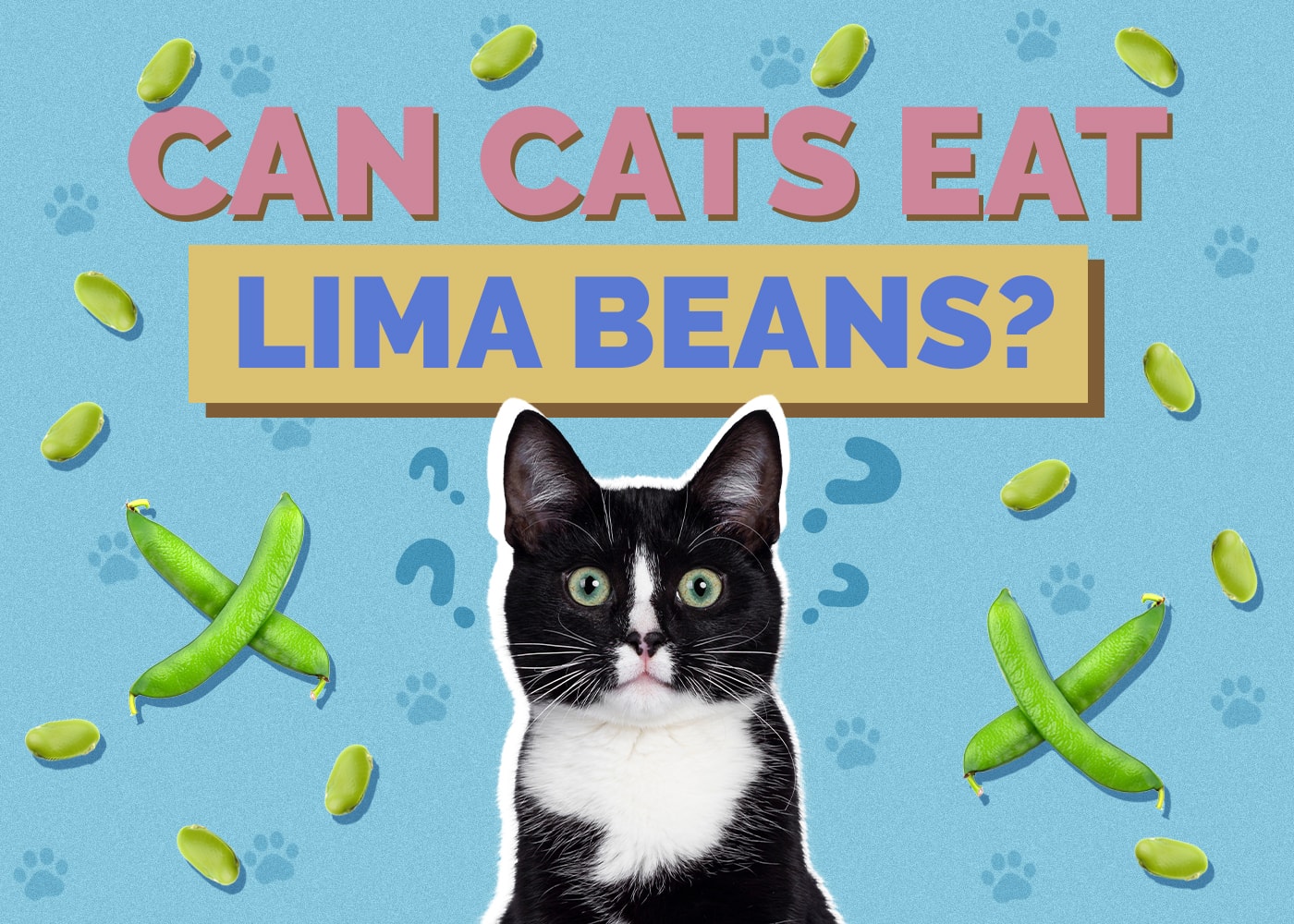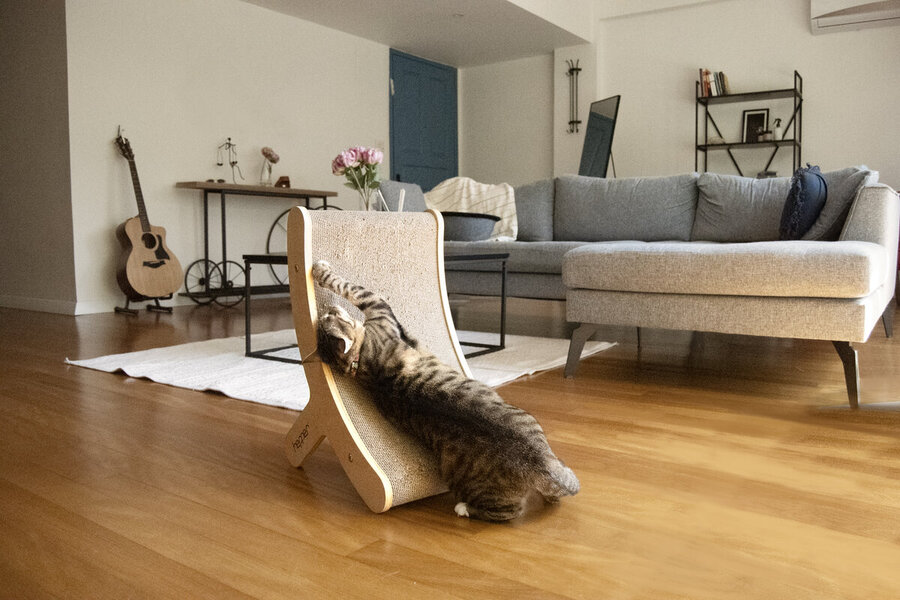Can Cats Drink Alkaline Water? Vet-Approved Facts

Updated on
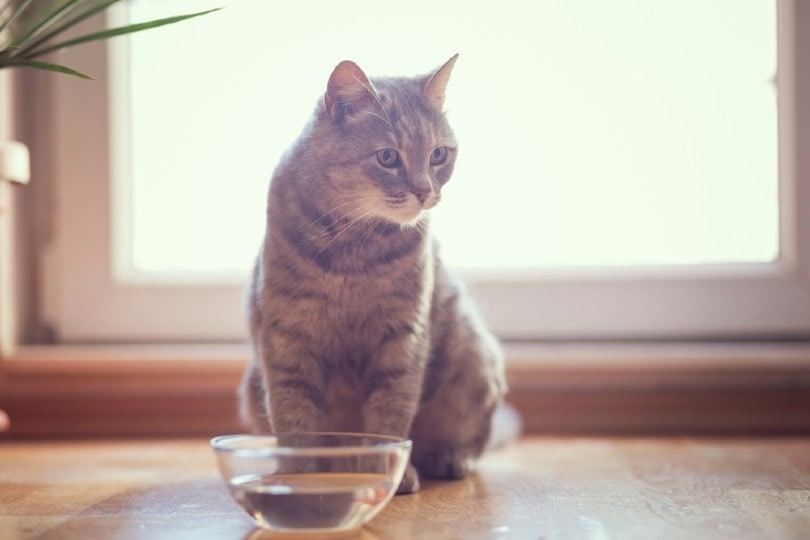
Hydration is a problem for domesticated cats, and many are not inclined to drink water as frequently as they should. Feral cats depend on their prey to provide moisture, and they can stay hydrated by consuming rodents and other small creatures. When you fill your cat’s water bowl, you may have wondered: Can cats drink alkaline water? Yes, cats can drink alkaline water; however, it can be harmful to pets under certain circumstances.
What Is Alkaline Water?
The pH scale measures the acidity of water from 1 to 14. Any number below 7 is acidic, and above 7 is alkaline. There have been some studies that state alkaline water could help reduce bone loss and prevent heart disease and cancer in humans. However, there is not enough evidence to solidly support these health claims.

What Water Should a Cat Drink?
Ideally, cats should drink water in the 6.2 range to reduce the chances of developing urinary tract problems. Distilled water is too acidic for felines and should be avoided, but filtered tap water is one of the best sources for keeping your cat hydrated. When you use a faucet attachment or pitcher to filter city water, you can remove the undesirable flavor and aroma that may be offensive to cats.
When to Avoid Alkaline Water
Although highly alkaline water is safe for your cat to drink from time to time, you should avoid giving it to your pet in these circumstances:
- Nursing – When cats drink alkaline water while nursing, they can absorb unhealthy levels of calcium. Too much calcium can cause hypercalcemia and lead to signs such as increased thirst and urination, vomiting, and loss of appetite.
- After Meals – Alkaline water can neutralize stomach acids that help your cat’s digestion, and you should avoid giving your cat water with high pH levels when they’re eating. If you wait at least an hour for the cat’s meal to digest, alkaline water should be safe to drink.
- With Medication – Most medications are designed to gradually release chemicals into the body, but alkaline water increases your pet’s metabolism and can accelerate the drug’s absorption rate.
How to Test Your Cat’s Urine pH
A healthy cat’s urine pH should be between 6.0 and 6.5. Your vet can ensure your pet is drinking safe water by performing a urine pH test, but you can collect the urine before your appointment to speed up the process. However, you have to get a pure sample that’s not contaminated by kitty litter or other foreign substances.
Although following your cat to the litter box and placing a container under them while they urinate is impractical, you can use a raised litter box with non-absorbent litter to collect the liquid. Remove the absorbent pad on the bottom before your cat enters and merely pour the urine into a sealable container. Immediately collecting the urine is important because the pH level can rise when it stagnates, and older liquid will yield inaccurate results.
How to Perform the Hydration Test
Using a water bowl with volume measurements can give you an idea of how much water your cat drinks every day, but you can also perform an easy test to ensure your cat is properly hydrated. Carefully pinch the skin on the back of your cat’s neck and pull up. If the skin immediately rebounds after releasing it, your cat is hydrated. If the skin slowly returns to its position, your pet is experiencing mild dehydration, but when the skin stays raised for several seconds or minutes, the animal is dehydrated and should be treated by a veterinarian immediately.
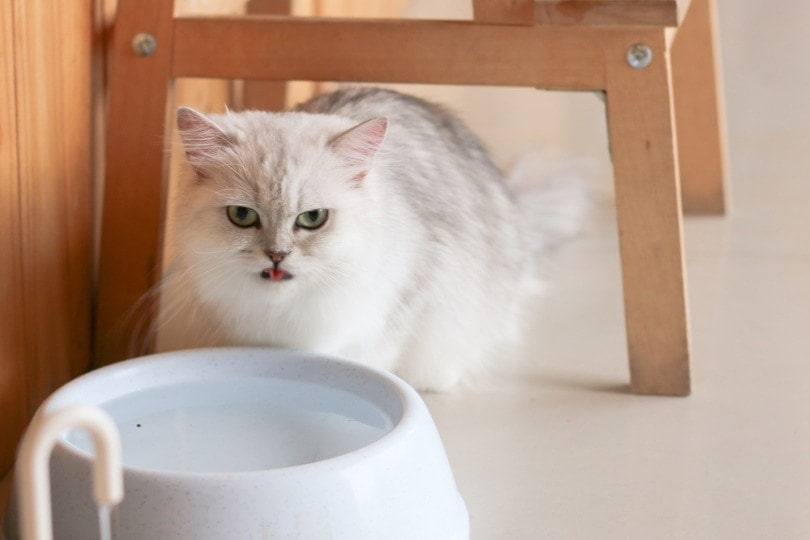
Encouraging Your Feline to Stay Hydrated
Unfortunately, cats sometimes have issues with drinking from their water bowls, but you can keep your pet hydrated by providing wet cat food with their fresh water. If your cat dislikes wet varieties, you can use these techniques to encourage more drinking.
- Purchase a water fountain for your cat. Some felines like to drink from running water, and you can find several fountains for cats available at pet stores and online distributors. However, fountains require thorough cleaning and sanitizing to prevent mold and bacteria from accumulating. Clean the fountain at least three times a week to keep the water fresh and contaminate-free.
- Position several water bowls around your home in different locations and check to see which area your cat prefers. Some cats like to drink water that’s far away from their food.
- Avoid putting the water bowl in the same room as the litter box. Even if the bowl is on the other side of the room, your cat kicks up dust that can eventually settle in the dish and contaminate it. Cats are sensitive to strong odors and flavors, and they’re not likely to drink from dirty water dishes.
- Avoid using rainwater. Rainwater may contain the same particulates that pollute the air. If the rain collector is not protected with a thin screen, it can hold bird feces, dead insects, toxic plant seeds, and other hazardous substances. Filtered water from the tap will not contain offensive smells or tastes that may deter your pet from drinking.
- If you have multiple pets, use a different bowl for each one. Your cat will not enjoy sipping from a dish that’s loaded with saliva from a German Shepherd or other house pet.
- Use stainless steel or ceramic bowls to serve water. Plastic can absorb odors that may offend your cat and reduce its drinking frequency. Plastic containers can also become scratched and difficult to clean. Minor scratching may not seem dangerous, but the tiny channels can be breeding grounds for bacteria.
- Leave your faucet dripping if your cat dislikes fountains but enjoys drinking from your sink. Although your water bill will increase slightly and your sink will need to be cleaned more often, the benefits of a healthy, hydrated kitty outweigh the minor costs and inconveniences.
- Try to keep the water chilled for longer by adding ice cubes.
- Add sodium-free broth to your cat’s food for additional hydration. Try only adding a small amount at first; your cat may walk away if the kibble is swimming in liquid.
If you want to encourage your cat to drink more water, a great cat water fountain can be just the thing.
- Premium 304-Grade Stainless Steel - This metal cat water fountain is hygienic, with superior...
- Serene & Healthy Cat Drinking Fountain Experience - With whisper-quiet pumping & an advanced...
Our Hepper Stainless Steel Cat Water Fountain has a minimalist, modern design, advanced triple filtration, and adjustable water flow. This fountain is quiet, sturdy, and easy to clean, making it a low-fuss addition to your home.
What Medical Conditions Can Occur From a Urine pH That’s Too Low or Too High?
Highly acidic and highly alkaline urine can both result in severe medical conditions. If the pH is too low (acidic), your cat can develop calcium oxalate stones in its bladder. The painful stones can cause your cat to strain when urinating, pee outside of the litter box, and urinary obstructions. You may see blood in the urine until the stones are removed by a veterinarian. You can prevent the formation of kidney stones by feeding your cat more wet food. According to veterinarians from PetMD, feeding wet food to your cat increases the formation of dilute urine.
Urine can become more alkaline from urinary tract infections, hyperthyroidism, and drinking alkaline water. If your pet’s urine pH becomes too high (alkaline), struvite stones can form in the bladder. Your veterinarian can provide antibiotics to prevent infections from the stones, and your pet can eat a prescribed diet that slowly dissolves the stones over several weeks.
Final Thoughts
Alkaline water is safe for healthy cats, but you should avoid giving it to your cat after meals, during nursing, and after administering medication. Filtered water is more balanced than distilled or rainwater, and it’s less likely to shift your pet’s urine pH to dangerous levels. Hydrating your feline is challenging, but it’s essential to its health and well-being. We covered several methods for helping your cat drink enough water, but you can also speak with your veterinarian for additional tips.
See also:
- My Cat Drank Pool Water, What Should I Do? Vet Reviewed Facts & FAQs
- Why Do Cats Drink Dirty Water? 7 Possible Reasons
Featured Image Credit: Impact Photography, Shutterstock
